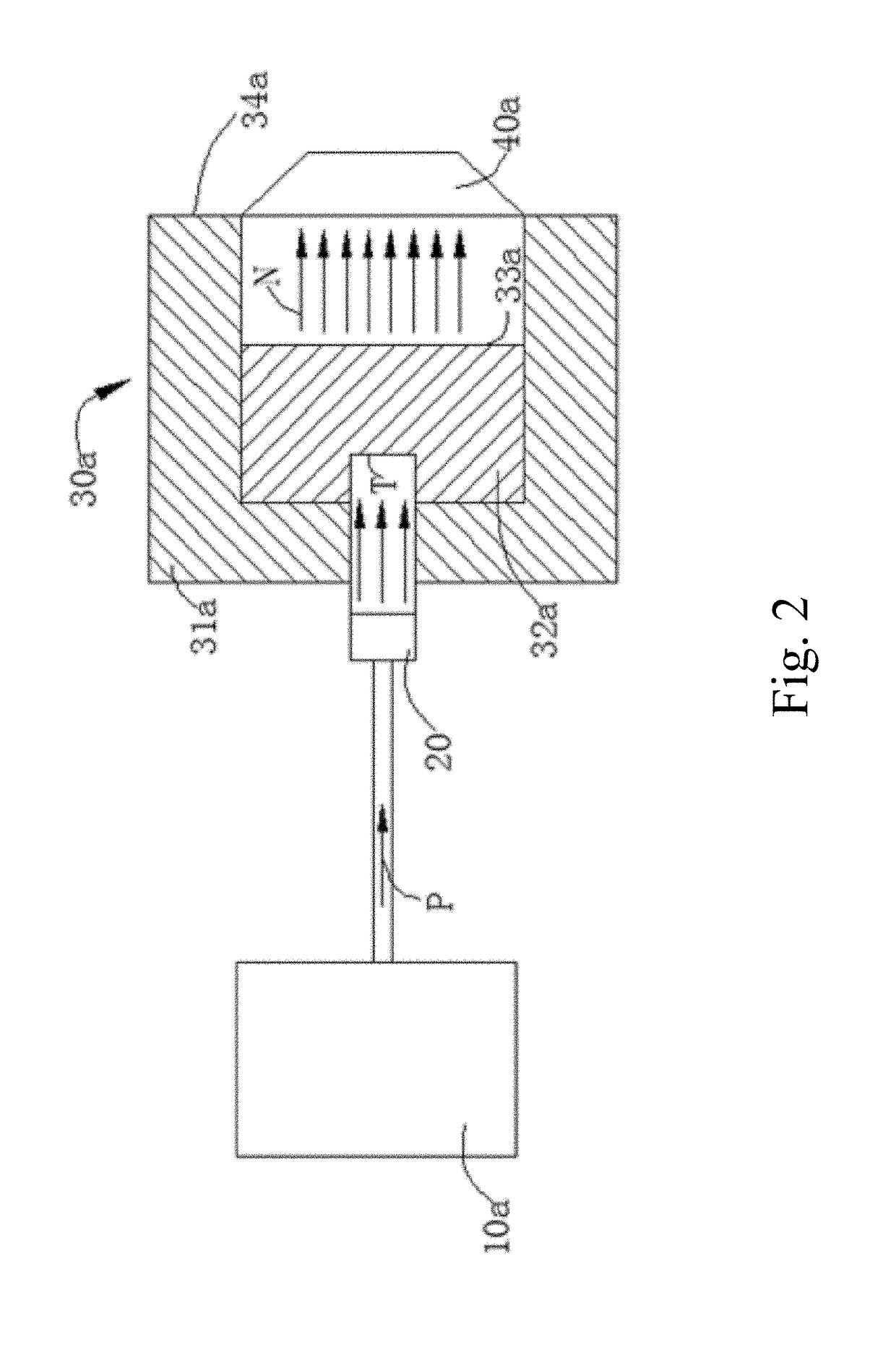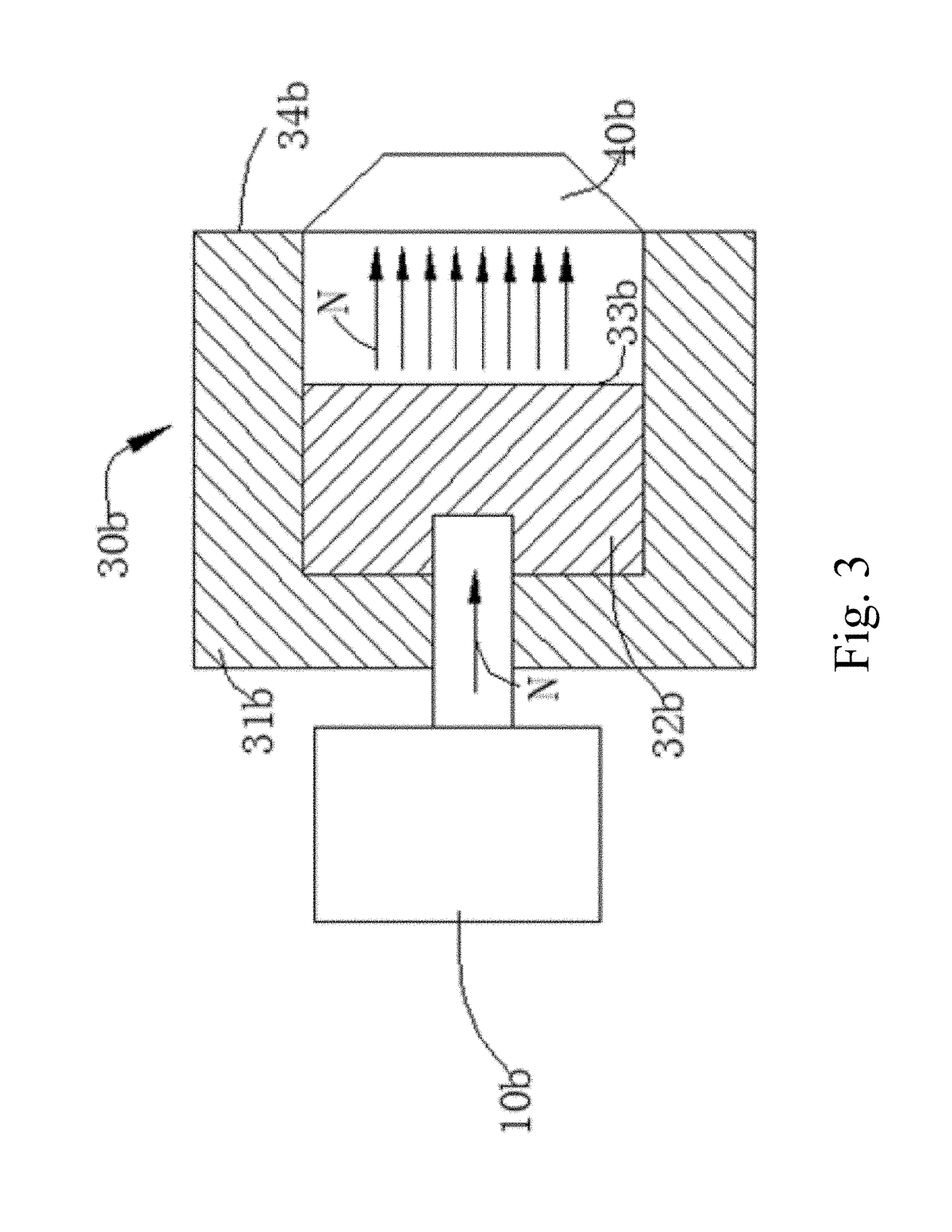Compound for specifically binding to amyloid b-protein
a technology of amyloid -protein and compound, which is applied in the field of specific binding compounds to amyloid -proteins, can solve the problems that no compound has been found capable of specifically binding to amyloid -proteins, which can combine with neutron capture therapy and achieve the effect of removing amyloid -proteins
- Summary
- Abstract
- Description
- Claims
- Application Information
AI Technical Summary
Benefits of technology
Problems solved by technology
Method used
Image
Examples
example 1 preparation
of a Compound that Specifically Binds to Amyloid β-Protein
[0070]The compound 6-borono-2-(4-methylaminophenyl)benzothiazole can be prepared by steps of:
[0071]1 g of 6-bromo-2-(4-nitrophenyl)benzothiazole was dissolved in 10 mL of ethanol and 5.39 g of SnCl2.2H2O was added. The reaction was stirred at 100° C. for 1 h to obtain 6-bromo-2-(4-aminophenyl)benzothiazole;
[0072]1H NMR: 400 MHz DMSO
[0073]δ 8.29 (s, 1H), 7.80-7.82 (d, J=8.8 Hz, 1H), 7.74-7.76 (d, J=8.8 Hz, 2H), 7.58-7.60 (m, 1H), 6.65-6.67 (d, J=8.4 Hz, 2H), 5.95 (s, 2H).
[0074]To 1 g of 6-bromo-2-(4-aminophenyl)benzothiazole was added 16.4 mmol of formaldehyde, 10 mL of tetrahydrofuran (THF) and 20 mL of methanol were added thereto, and 0.886 g of sodium methoxide was added in one portion, and the reaction solution was stirred at 65° C. for 12 h, and then was cooled to 25° C., 620.41 mg of sodium borohydride (NaBH4) was added and the reaction temperature was raised to 65° C. The reaction was stirred for 1 h to obtain 6-bromo-2...
example 2 preparation
of a Compound that Specifically Binds to Amyloid β-Protein
[0091]The synthesis method of 6-bromo-2-(4-nitrophenyl)benzothiazole in this example is the same as that shown in Example 1.
[0092]To 100 mg of 6-bromo-2-(4-nitrophenyl)benzothiazole was added 90.91 mg of bis(pinacolato)diboron and 87.84 mg of potassium acetate, then, 4 mL of THF and 2 mL of DMSO was added, and 25 mg of dichlorobis (triphenylphosphine) palladium was added under nitrogen at 20° C., and the reaction system was stirred at 95° C. for 15 h to obtain 2-(4-nitrophenyl)-6-(4,4,5,5-tetramethyl-1,3,2-dioxaborolan-2-yl)benzothiazole, wherein the boron in the bis(pinacolato)diboron includes 10B.
[0093]1H NMR: 400 MHz CDCl3
[0094]δ 8.44 (s, 1H), 8.35-8.37 (d, J=8.8 Hz, 2H), 8.28-8.30 (d, J=8.8 Hz, 2H), 8.11-8.13 (d, J=8 Hz, 1H), 7.96-7.98 (d, J=8 Hz, 1H), 1.40 (s, 12H).
[0095]To 539.7 mg of 2-(4-nitrophenyl)-6-(4,4,5,5-tetramethyl-1,3,2-dioxaborolan-2-yl)benzothiazole was added 30 mL of THF and 10 mL of water, followed by th...
example 5 experiment
for Simulation of the Neutron Capture Therapy System to Eliminate Protein
[0117]In this example, boronic acid (H310BO3) was used in place of 6-borono-2-(4-methylaminophenyl)benzothiazole, wherein the boron element in boric acid (H310BO3) was 10B, and bovine serum albumin (BSA) was used to mimic amyloid β-protein. The mixed solution of boric acid and bovine serum albumin was placed in a neutron beam capture environment. The effect of neutron on bovine serum albumin and the effect of neutron on bovine serum albumin in the presence of H310BO3 were analyzed by SDS-PAGE gel electrophoresis.
Effect of Neutron on Bovine Serum Albumin
[0118]A BSA solution of concentration of 0.01% (w / w) was prepared with ultrapure water, and the prepared solution was stored and operated at 4° C. A 1 mL BSA solution was placed on the centerline of the exit of the collimator of the neutron capture therapy device, wherein the distance of the solution from the exit of the collimator was 2 cm and a neutron capture ...
PUM
| Property | Measurement | Unit |
|---|---|---|
| thermal neutron capture cross section | aaaaa | aaaaa |
| energy | aaaaa | aaaaa |
| energy | aaaaa | aaaaa |
Abstract
Description
Claims
Application Information
 Login to View More
Login to View More - R&D
- Intellectual Property
- Life Sciences
- Materials
- Tech Scout
- Unparalleled Data Quality
- Higher Quality Content
- 60% Fewer Hallucinations
Browse by: Latest US Patents, China's latest patents, Technical Efficacy Thesaurus, Application Domain, Technology Topic, Popular Technical Reports.
© 2025 PatSnap. All rights reserved.Legal|Privacy policy|Modern Slavery Act Transparency Statement|Sitemap|About US| Contact US: help@patsnap.com



